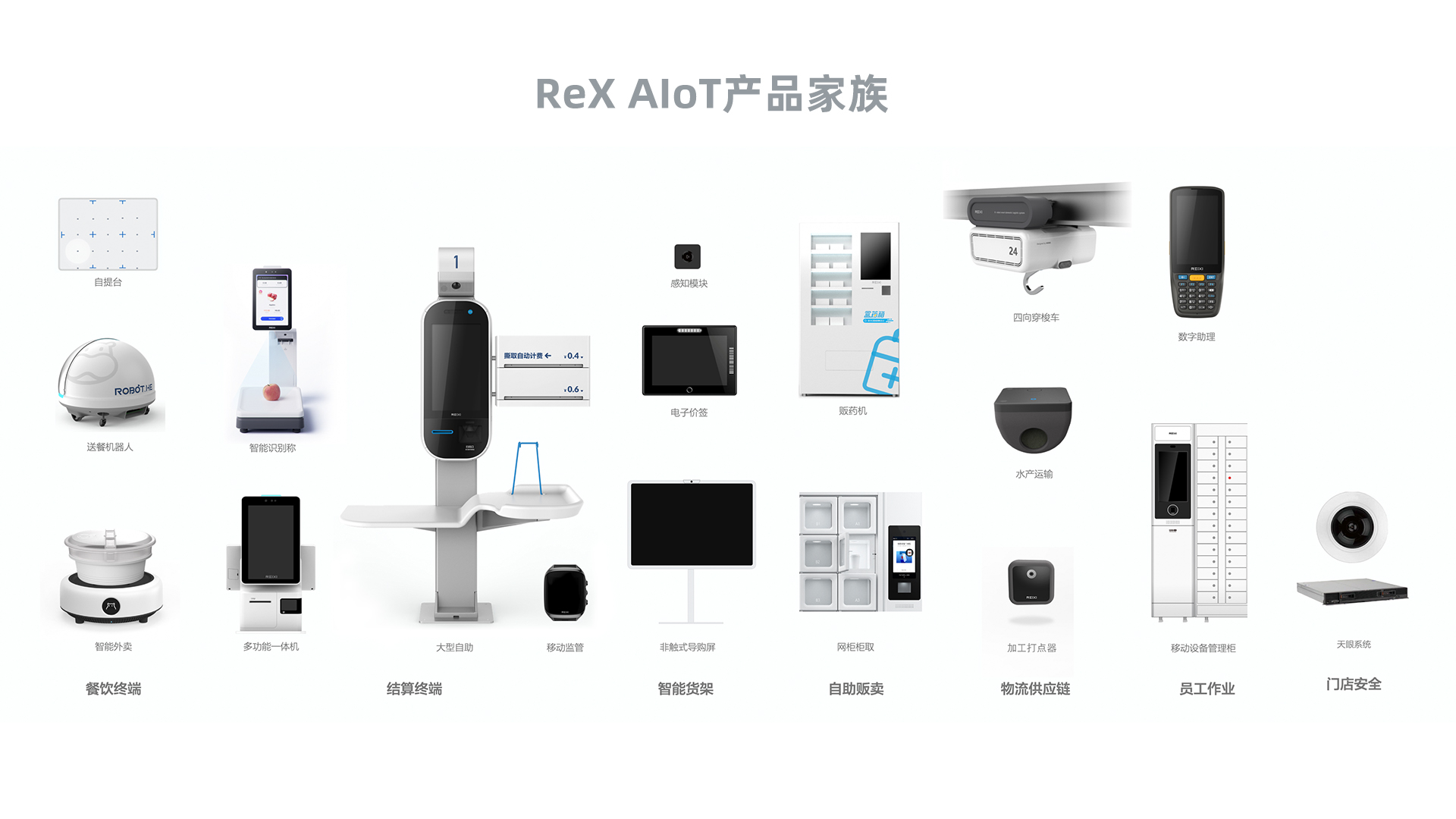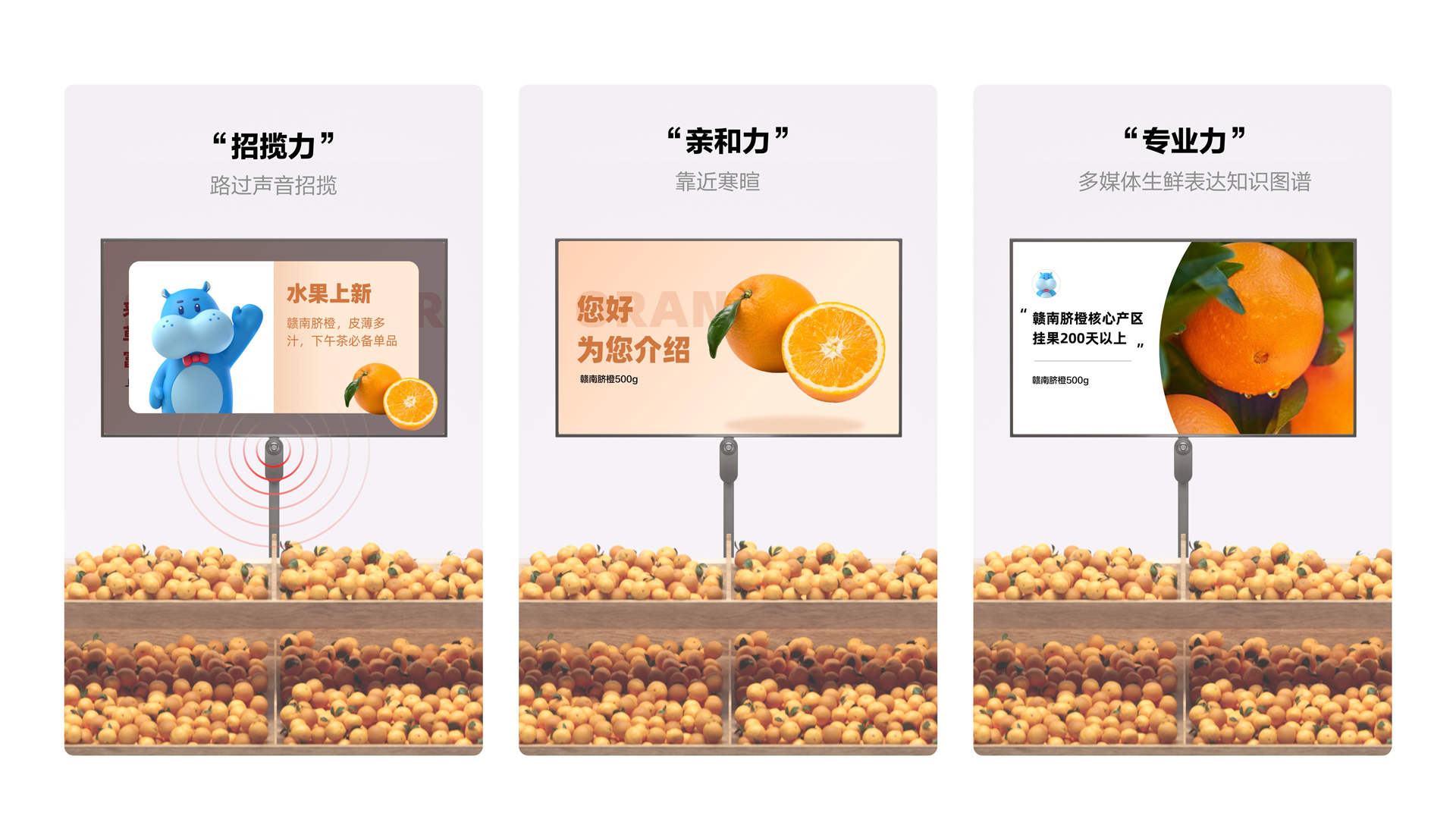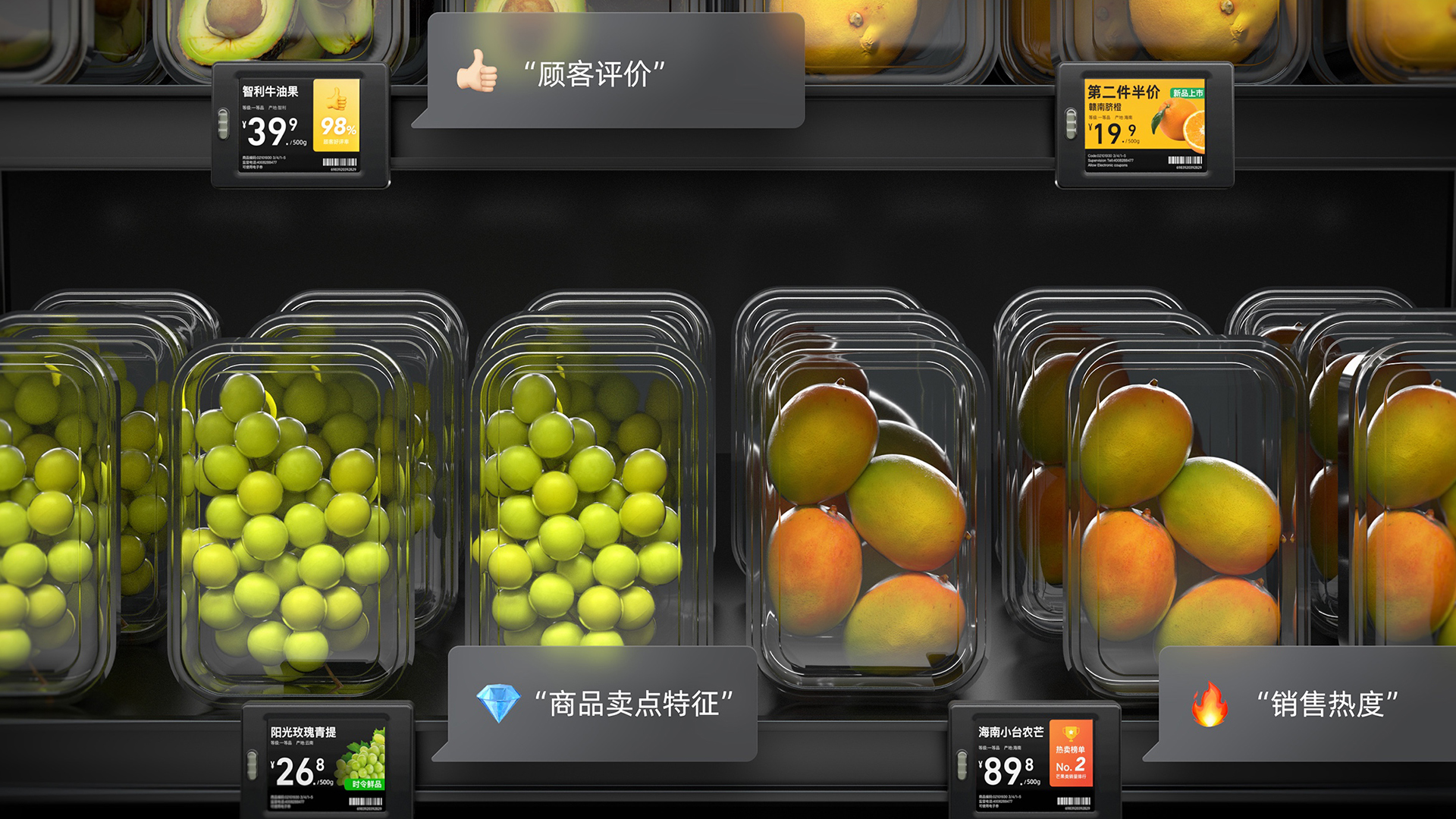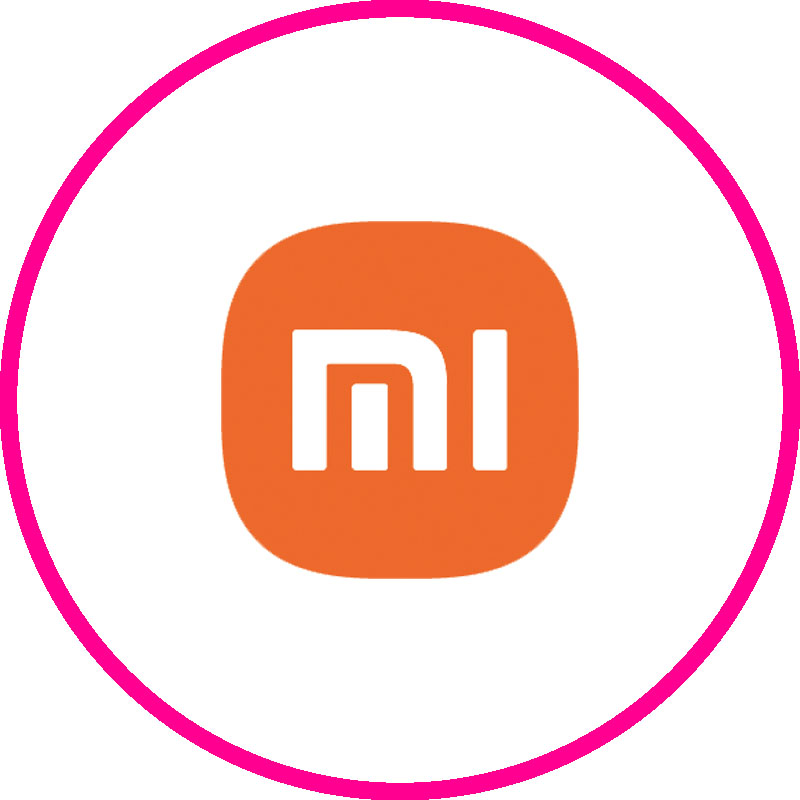-
 Shen Jian
Alibaba Group—Freshippo
User Experience Lead of Instore Experience
Shen Jian
Alibaba Group—Freshippo
User Experience Lead of Instore Experience
Responsible for the consumer experience design of Hema store. Have a combined background in service/experience/industrial design. Hema defined and designed 10+ benchmark AIoT products in the retail industry such as self-service cash register POS, and established brand AIoT design specifications. He used to be a course lecturer at UCAN, Ali Group Design Institute and China Academy of Art. His leading products have won nearly 10 international awards such as Reddot, IF Design, Gooddesign and IDEA.
Design philosophy: solve "perceptual" problems with a rational process, and design "restraint" with an emotional attitude.
Analyzing The Multi-modal Design of Retail Consumers
Commodity power is the core competitiveness of retail, but supermarket stores cannot express rich commodity stories and build consumers' associations with food like online. Supermarkets lack the means to efficiently create new, seasonal, and explosive products offline.
The workshop will share how to design the interaction with consumers around the display of physical goods during the incubation process of AI shopping guide products, so that consumers can obtain information naturally, easily and efficiently. How to produce and deliver vivid and rich interactive content through low-cost equipment investment and simple and efficient operation while realizing the effect of shopping guide.
This workshop will combine Hema to explore consumer pan-interaction experience construction methods and measurement methods, and use perception technology capabilities to share exploration experience in offline shopping guide scenarios.
The content of this workshop includes:
1. The offline shopping guide adopts a multi-modal interaction method
1.1 The uniqueness of the offline shopping guide scene: non-immersive, public space, supplementary information outside the product
1.2 Offline shopping guide is important but difficult to measure its value
1.3 Offline Shopping Guide—Analysis of Influencing Factors of the Design of People and Goods Encounter: Perception—Stimulation Strategy—Channel—Content
2. Iterative method of multi-modal interactive setting in the process of offline shopping guide experience (*VACP+behavior quantitative monitoring)
2.1 VACP Analysis Method of Perception Channel Situation in User Shopping Process
2.2 Setting of interactive information flow in pan-space field
2.3 AIoT-perceived behavioral characteristics in the shopping process (*North Star Index) are used to measure the effect of multi-modal interaction design
3. Content design of offline shopping guide
3.1 Content expression strategy of shopping guide
3.2 Efficient content production tools
4. Offline shopping guide products in the AI era
4.1 Application of AI in Motivating Timing of Shopping Guide
4.2 The application of AI in the content production of characters, commodity activities and solar terms, like *ChatGPT
*Notes:
ꔷVACP model is a data model based on people's vision, hearing, cognition and psychomotor (Visual, Auditory, Cognitive, Psychomotor). Use the VACP model to digitally design the attributes and characteristics of different senses, so as to explore the balance between different senses in the task. In layman's terms, it takes the task of the entire scene as a known condition, and then takes the task to be designed as the answer to the need for help to make a corresponding design, and finally achieve a relatively optimized design.
ꔷThe Polaris indicator is also called the only key indicator (OMTM, One metric that matters): it is used to guide the future. It can clearly indicate the function points to be conveyed by the product and the direction to be optimized in the future stage of the product.
ꔷChatGPT (full name: Chat Generative Pre-trained Transformer), a chat robot program [12] developed by OpenAI [1] in the United States, was released on November 30, 2022. ChatGPT is a natural language processing tool driven by artificial intelligence technology. It can conduct conversations by understanding and learning human language, and can also interact according to the context of the chat. It can really chat and communicate like a human being, and can even write emails and video scripts. , copywriting, translation, code, writing papers and other tasks.
1、Workshop introduction: self-introduction and brief introduction
2、Concept explanation: explain the closed-loop process of offline shopping guide multi-modal design
3、Case sharing: Hema shopping guide product incubation
4、Practical interaction: explain the VACP analysis method of multi-modal design of offline shopping guide, and use it to do multi-modal design
5、Open question and answer: free communication in the Q&A session target audience
1、Intermediate and senior industrial design/experience designer
2、Junior/intermediate consumer smart hardware product manager
3、Enthusiasts in the field of AI
1. Understand offline multi-modal interaction design practice cases
2. Master the measurement method of offline shopping guide design
3. Re-examine the change of designer's role from the perspective of content production mode in the context of multi-modal design
-
 ReX AIoT family
ReX AIoT family
-
 ReX shopping assistant
ReX shopping assistant
-
 ReX price tag
ReX price tag
-
 VACP model
VACP model
-
 Digitalization of sales man
Digitalization of sales man
-
 Design ideal journey
Design ideal journey








